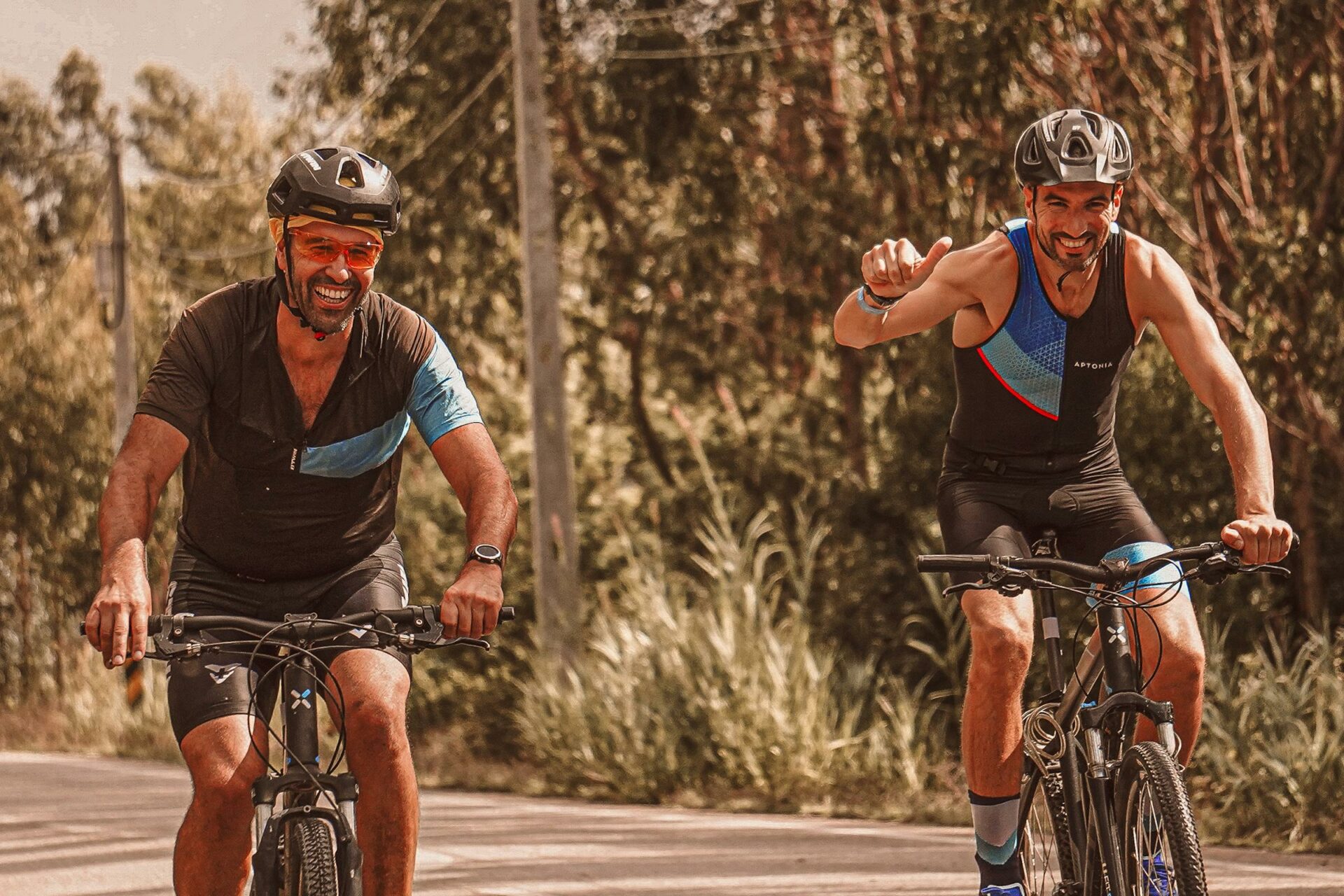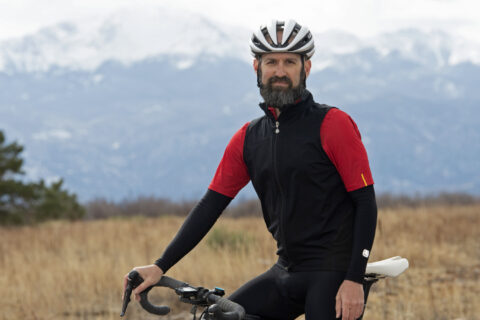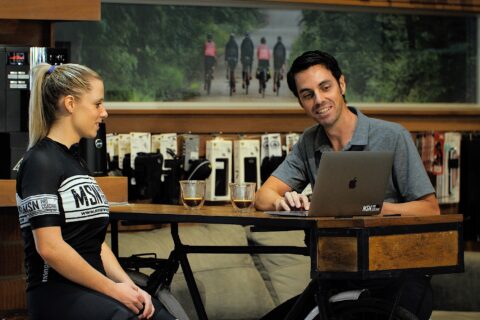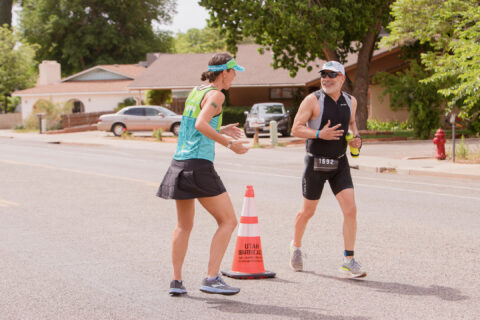Coach Scott Saifer discusses what it takes to work with athletes who might lack ability or motivation, or both.
Coach Scott Saifer discusses what it takes to work with athletes who might lack ability or motivation, or both.

Coach Scott Saifer discusses what it takes to work with athletes who might lack ability or motivation, or both.

Coach Scott Saifer discusses what it takes to work with athletes who might lack ability or motivation, or both.

Over his long tenure at CTS, Jim Rutberg has seen the coaching profession evolve amid an ever-growing industry. He identifies best practices for coaches, individually and collectively.

Mike Norton leaned into his love of crunching numbers and applying science to differentiate his coaching services and offer more value for athletes.

Expect the emergence of artificial intelligence and new tech to accelerate potential for the business and execution of coaching.

Today’s coaches enjoy a greater demand for services and steeper competition for clients. Choose a direction for your business and be patient in getting there.